
This Substack has written extensively on the wonders of inexpensive repurposed miracle drugs Ivermectin and Fenbendazole:
Ivermectin May Defeat Cancer and Other Common Chronic Diseases of Aging
This Substack recently wrote about the powerful anticancer properties of Fenbendazole: I also mentioned in passing that one of reasons Ivermectin was so viciously maligned and suppressed was that if society were taking it to cure PSYOP-19 one of the side effects would be “sudden” plummeting cancer rates, and thus BigPharma et al. went all out to destroy …
PetDazole: Pharmaceutical Grade Pure Fenbendazole
Just like they went after one of the very best cures for PSYOP-19 in Ivermectin… …the Medical Industrial Complex does not want the truth to come out about a powerful cancer cure in Fenbendazole. Thanks to the deployment of the DEATHVAX™, we are now seeing parabolic increases in “turbo cancers.” Those responsible for these slow kill bioweapon injections…
The following video shows exactly what happens to parasitic worms when Ivermectin is introduced in vitro:
We now know that cancer rates are going parabolic:
From Turbo Cancer to Sudden Cardiac Mortality to Excess Non-Covid Natural Cause Mortality: The Never-Ending Adverse Events of the "Vaccinated" & The Global Depopulation Program
Yesterday this Substack reviewed the latest cardiac mortality data: A few days before that, this Substack reviewed the latest cancer data: Today we tie these terrifying trends together by reviewing the latest data on excess non-PSYOP-19 natural cause mortality:
And criminal Medical Industrial Complex is clearly covering up their crimes.
What if the exact same thing occurs when Ivermectin is administered for (turbo) cancers?
According to a research study entitled, Ivermectin, a potential anticancer drug derived from an antiparasitic drug, we have further evidence of the interaction between Ivermectin and cancer:
Ivermectin has powerful antitumor effects, including the inhibition of proliferation, metastasis, and angiogenic activity, in a variety of cancer cells. This may be related to the regulation of multiple signaling pathways by ivermectin through PAK1 kinase. On the other hand, ivermectin promotes programmed cancer cell death, including apoptosis, autophagy and pyroptosis. Ivermectin induces apoptosis and autophagy is mutually regulated. Interestingly, ivermectin can also inhibit tumor stem cells and reverse multidrug resistance and exerts the optimal effect when used in combination with other chemotherapy drugs.
We already knew that Ivermectin cured PSYOP-19 if administered as an early treatment.
IVM not only has strong effects on parasites but also has potential antiviral effects. IVM can inhibit the replication of flavivirus by targeting the NS3 helicase [17]; it also blocks the nuclear transport of viral proteins by acting on α/β-mediated nuclear transport and exerts antiviral activity against the HIV-1 and dengue viruses [18]. Recent studies have also pointed out that it has a promising inhibitory effect on the SARS-CoV-2 virus, which has caused a global outbreak in 2020 [19]. In addition, IVM shows potential for clinical application in asthma [20] and neurological diseases [21]. Recently scientists have discovered that IVM has a strong anticancer effect.
Exactly which kinds of cancers can Ivermectin cure?
Breast cancer:
Recent studies have also found that IVM could promote the death of tumor cells by regulating the tumor microenvironment in breast cancer. Under the stimulation of a tumor microenvironment with a high level of adenosine triphosphate (ATP) outside tumor cells, IVM could enhance the P2 × 4/ P2 × 7/Pannexin-1 mediated release of high mobility group box-1 protein (HMGB1) [37]. However, the release of a large amount of HMGB1 into the extracellular environment will promote immune cell-mediated immunogenic death and inflammatory reactions, which will have an inhibitory effect on the growth of tumor cells. Therefore, we believe that the anticancer effect of IVM is not limited to cytotoxicity, but also involves the regulation of the tumor microenvironment. IVM regulates the tumor microenvironment and mediates immunogenic cell death, which may be a new direction for research exploring anticancer mechanisms in the future.
Digestive system cancer:
Hepatocellular carcinoma is the fourth leading cause of cancer death worldwide. Approximately 80% of cases of liver cancer are caused by hepatitis B virus (HBV) and hepatitis C virus (HCV) infection [42]. IVM could inhibit the development of hepatocellular carcinoma by blocking YAP1 activity in spontaneous liver cancer Mob1b-/- mice [43].Cholangiocarcinoma is a malignant tumor that originates in the bile duct inside and outside the liver. Intuyod's experiment found that IVM inhibited the proliferation of KKU214 cholangiocarcinoma cells in a dose- and time-dependent manner [44]. IVM halted the cell cycle in S phase and promoted apoptosis. Surprisingly, gemcitabine-resistant KKU214 cells showed high sensitivity to IVM, which suggested that IVM shows potential for the treatment of tumors that are resistant to conventional chemotherapy drugs.
Urinary system cancer:
Prostate cancer is a malignant tumor derived from prostate epithelial cells, and its morbidity is second only to that of lung cancer among men in Western countries [49]. In Nappi's experiment, it was found that IVM could enhance the drug activity of the anti-androgen drug enzalutamide in the prostate cancer cell line LNCaP and reverse the resistance of the prostate cancer cell line PC3 to docetaxel [50]. Interestingly, IVM also restored the sensitivity of the triple-negative breast cancer to the anti-estrogen drug tamoxifen [36], which also implies the potential for IVM to be used in endocrine therapy. Moreover, IVM was also found to have a good inhibitory effect on the prostate cancer cell line DU145 [51].
Hematological cancer:
It was also proven that IVM has a synergistic effect with cytarabine and daunorubicin on the treatment of leukemia. Wang's experiment found that IVM could selectively induce mitochondrial dysfunction and oxidative stress, causing chronic myeloid leukemia K562 cells to undergo increased caspase-dependent apoptosis compared with normal bone marrow cells [53]. It was also confirmed that IVM inhibited tumor growth in a dose-dependent manner, and dasatinib had improved efficacy.
Reproductive system cancer:
Ovarian cancer is a malignant cancer that lacks early clinical symptoms and has a poor therapeutic response. The 5-year survival rate after diagnosis is approximately 47% [27,57]. In a study by Hashimoto, it found that IVM inhibited the proliferation of various ovarian cancer cell lines, and the mechanism was related to the inhibition of PAK1 kinase [58]. In research to screen potential targets for the treatment of ovarian cancer through the use of an shRNA library and a CRISPR/Cas9 library, the oncogene KPNB1 was detected. IVM could block the cell cycle and induce cell apoptosis through a KPNB1-dependent mechanism in ovarian cancer [59]. Interestingly, IVM and paclitaxel have a synergistic effect on ovarian cancer, and combined treatment in in vivo experiments almost completely inhibited tumor growth. Furthermore, according to a report by Zhang, IVM can enhance the efficacy of cisplatin to improve the treatment of epithelial ovarian cancer, and the mechanism is related to the inhibition of the Akt/mTOR pathway [60].
Respiratory system cancer:
Lung cancer has the highest morbidity and mortality among cancers [70]. Nishio found that IVM could significantly inhibit the proliferation of H1299 lung cancer cells by inhibiting YAP1 activity [43]. Nappi's experiment also proved that IVM combined with erlotinib to achieved a synergistic killing effect by regulating EGFR activity and in HCC827 lung cancer cells [50]. In addition, IVM could reduce the metastasis of lung cancer cells by inhibiting EMT.
Melanoma:
Melanoma is the most common malignant skin tumor with a high mortality rate. Drugs targeting BRAF mutations such as vemurafenib, dabrafenib and PD-1 monoclonal antibodies, including pembrolizumab and nivolumab have greatly improved the prognosis of melanoma [71,72]. Gallardo treated melanoma cells with IVM and found that it could effectively inhibit melanoma activity [73]. Interestingly, IVM could also show activity against BRAF wild-type melanoma cells, and its combination with dapafinib could significantly increase antitumor activity. Additionally, it has been confirmed that PAK1 is the key target of IVM that mediates its anti-melanoma activity, and IVM can also significantly reduce the lung metastasis of melanoma in animal experiments. Deng found that IVM could activate the nuclear translocation of TFE3 and induce autophagy-dependent cell death by dephosphorylation of TFE3 (Ser321) in SK-MEL-28 melanoma cells [74]. However, NAC reversed the effect of IVM, which indicated that IVM increased TFE3-dependent autophagy through the ROS signaling pathway.
Ivermectin promotes apoptosis, autophagy and pyrotosis, or cell death.
Precisely because the DEATHVAX™ induces VAIDS, and consequently turbo cancers and other adverse events in extremely inflamed and immunocompromised bodies, we can infer as per the above that Ivermectin attenuates these symptoms.
…the broad-spectrum antiparasitic drug IVM, which is widely used in the field of parasitic control, has many advantages that suggest that it is worth developing as a potential new anticancer drug. IVM selectively inhibits the proliferation of tumors at a dose that is not toxic to normal cells and can reverse the MDR of tumors. Importantly, IVM is an established drug used for the treatment of parasitic diseases such as river blindness and elephantiasis. It has been widely used in humans for many years, and its various pharmacological properties, including long- and short-term toxicological effects and drug metabolism characteristics are very clear. In healthy volunteers, the dose was increased to 2 mg/Kg, and no serious adverse reactions were found, while tests in animals such as mice, rats, and rabbits found that the median lethal dose (LD50) of IVM was 10-50 mg/Kg [112] In addition, IVM has also been proven to show good permeability in tumor tissues [50]. Unfortunately, there have been no reports of clinical trials of IVM as an anticancer drug. There are still some problems that need to be studied and resolved before IVM is used in the clinic.
Basically, Ivermectin is incredibly safe even at extremely large dosages, and genuinely effective as cancer treatment.
Is chemotherapy even necessary when administering Ivermectin? And what about when Ivermectin is paired as a combination therapy with Joe Tippens’ protocol using Fenbendazole?:
Tocotrienol and Tocopherol forms (all 8) of Vitamin E (400-800mg per day, 7 days a week). A product called Gamma E by Life Extension or Perfect E are both great.
Bio-Available Curcumin (600mg per day, 2 pills per day 7 days a week). A product called Theracurmin HP by Integrative Therapeutics is bioavailable.
CBD oil (1-2 droppers full [equal to 25mg per day] under the tongue, 7 days a week) https://www.soothingsolutionscbd.com/product/3500mg-full-spectrum-cbd-tincture/
The above three items every day (7 days per week) and the Fenbendazole (300 MILLIGRAMS PER DAY FOR 3 CONSECUTIVE DAYS) per week. Take 4 days off and repeat each week.
Just like during the “pandemic” the criminal authorities prevented early treatment with safe and effective (vs Trust the Scientism“safe and effective”) repurposed drugs, today’s treatment strategies for the slow kill bioweapon injection-induced turbo cancer epidemic are now more critical than ever.
For more color on exactly how dire the turbo cancer situation really is now:
"Urgent Need to Determine Underlying Causes of Turbo Cancers - Dr.William Makis
The exact mechanism giving rise to turbo cancers is unknown, and it’s unclear whether one or multiple mechanisms are responsible for these cancers, Dr. William Makis, an oncologist, cancer researcher, and nuclear medicine radiologist, told The Epoch Times in an email.
Dr. Makis provided the following several possible hypotheses for how mRNA COVID-19 vaccines could cause turbo cancers:
1. The current COVID-19 mRNA vaccines contain pseudouridine-modified mRNA, which attenuates or alters the activity of key proteins in the innate immune system, impairing cancer surveillance.
When activated, these key proteins, called toll-like receptors, can prevent tumors from forming and growing.
2. Vaccination alters T-cell signaling that induces profound impairment in type 1 interferon and cancer surveillance.
T-cells, a type of white blood cell, help the body’s immune system prevent cancer. Studies show that getting multiple shots increases the level of a particular antibody called IgG4, causing T-cell and interferon suppression, leading to an inability to keep cancer in check, Dr. Cole told The Epoch Times.
“Everyone gets atypical cells in their body every day, and having a surveillance system is important, but when the surveillance system is shut off, that allows these cells to go haywire. How long it stays suppressed, nobody knows, and these are the studies NIH (the National Institutes of Health) should have been doing,” said Dr. Cole.
3. The shift of the antibody IgG4 caused by repeated mRNA vaccination could create a tolerance for spike protein and impair the production of the antibodies IgG1 and IgG3 and cancer surveillance.
4. The spike protein produced by the body after COVID-19 mRNA vaccination may interfere with important tumor suppressor proteins—P53, BRCA 1, and two tumor suppressor genes.
5. The spike protein may interfere with DNA repair mechanisms.
6. The RNA from the COVID-19 vaccines may be reverse-transcribed and integrated into the human genome.
7. Pfizer and Moderna vials found to be contaminated with plasmid DNA containing SARS-CoV-2 spike protein may integrate into the human genome.
8. The presence of the simian virus 40 (SV40) in DNA discovered in Pfizer mRNA vaccine vials may lead to cancers—most notably, non-Hodgkin lymphoma and other lymphomas—as it did with SV40-contaminated polio vaccines.
9. mRNA-based vaccines may be triggering the release of oncogenes—oncomiRs or microRNAs, which can enhance or inhibit cancer development and participate in cancer biological processes, such as proliferation, invasion metastasis, angiogenesis, chemoresistance, and immune escape.
“I believe there is an urgent need to determine the underlying mechanisms of turbo cancers because, at this time, oncologists have nothing to offer patients who have developed a turbo cancer, and conventional cancer treatments offer minimal or no benefit,” Dr. Makis told The Epoch Times.
Mr. David Wiseman, a research scientist in pharmacy, pharmacology, and experimental pathology, told The Epoch Times in an email that neither Comirnaty—Pfizer’s fully approved version of its COVID-19 vaccine—nor Spikevax by Moderna has been evaluated for its potential to cause cancer.
On March 30, 2023, Mr. Wiseman and four other experts submitted a 27-page document to the National Academies Committee, an ad hoc committee tasked with reviewing relevant adverse events associated with COVID-19 vaccines.
Using the Vaccine Adverse Event Reporting System (VAERS)—a database co-managed by the U.S. Centers for Disease Control and Prevention (CDC) and FDA used for reporting vaccine adverse events—Mr. Wiseman and his coauthors found an excess of cancer signals for COVID-19 vaccines from Dec. 14, 2020, to July 24, 2023, compared to all other vaccines for all years beginning in 1990.
A safety signal indicates a condition may be linked to a vaccine but requires further analysis to confirm an association.
The findings complemented the CDC’s Proportional Reporting Ratio (PRR) analyses obtained through a Freedom of Information Act (FOIA) request that assessed adverse events reported from Dec. 14, 2020, to July 29, 2022.
A PRR compares reports of specific adverse events experienced after receiving Moderna or Pfizer’s COVID-19 vaccine to those following vaccination with any other vaccine or all non-COVID-19 vaccines. The CDC’s PRR report detected cancer signals for colon cancer, metastatic breast cancer, metastasis to the liver, bones, central nervous system, lymph nodes, breast masses, chronic lymphocytic leukemia, B-cell lymphoma, and follicular lymphoma.
Mr. Wiseman said it’s clear from the FOIA documents that the CDC is aware of cancer reports and isn’t being forthcoming.
“Government agencies knew there were going to be cancers with these shots, and they were trying to cover it up, but the data is trickling out,” Dr. Cole told The Epoch Times, referring to 490 pages of communications obtained from the NIH through a FOIA request.
The CDC is supposed to report on morbidity and mortality—and when a pathologist diagnoses anything, he or she uses a diagnosis code, and it goes to the federal basis that’s reported to federal tracking agencies, Dr. Cole explained.
“All these data subsets should be easy to find if agencies would report what they have,” he said. “We could see statistical changes in diagnosis in the past two and a half years since shots were rolled out. The question is, why are other governments around the world not doing this?”
The good news is that readers of this Substack have all of the information to survive this global democidal eugenics program:
Synergistic pairing of ivermectin and fenbendazole found HIGHLY EFFECTIVE at preventing and treating cancer
This Substack has recently written about the wonder drugs Ivermectin and Fenbendazole: As a combination therapy these two drugs offer a highly synergistic approach to curing a wide range of ailments from slow kill bioweapon injection damage to prior-based diseases to (turbo) cancers, etc.
We must be ready for the next “pandemic,” which will be used as both cover for the myriad adverse events as well as the followup round of mass induced fear and control via “mandated” MK Ultra masking, and never-ending EUA DEATHVAX™.
Do NOT comply.
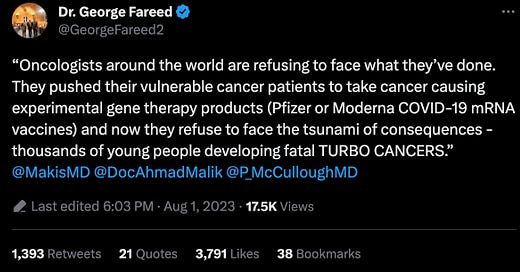


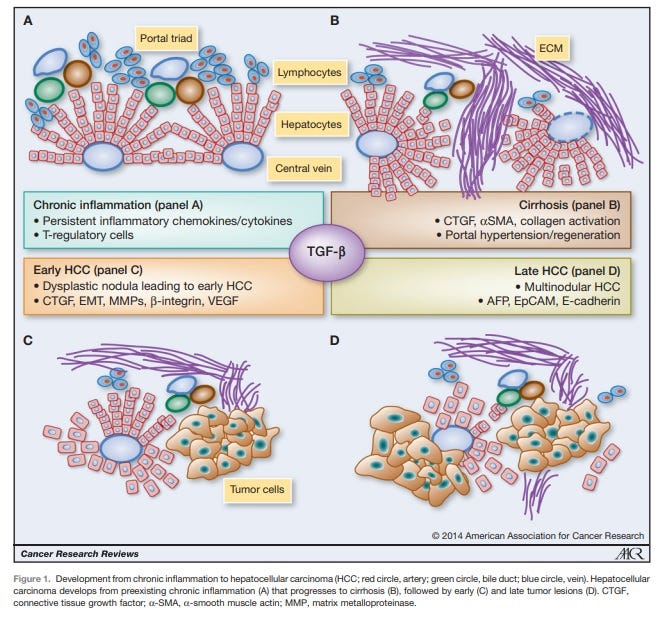
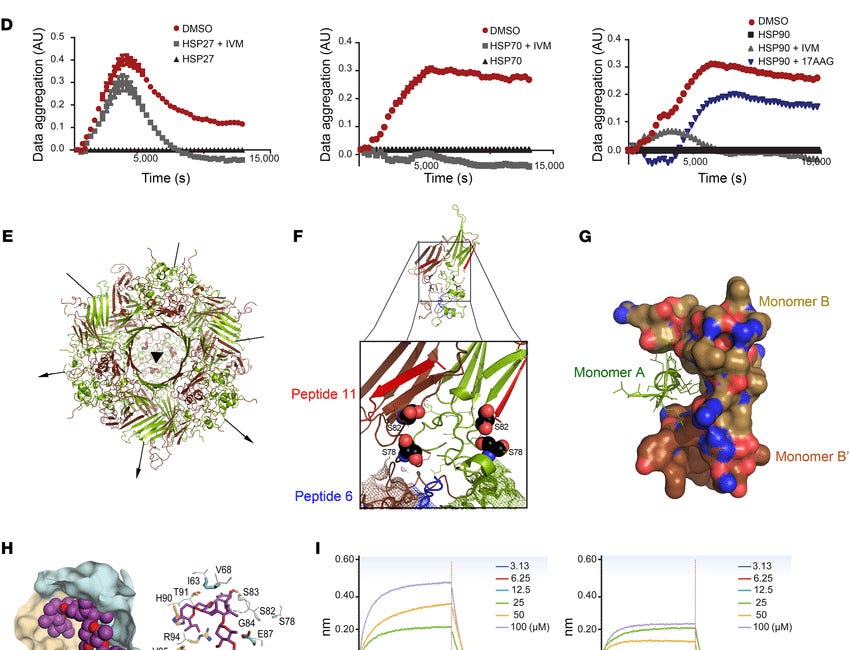
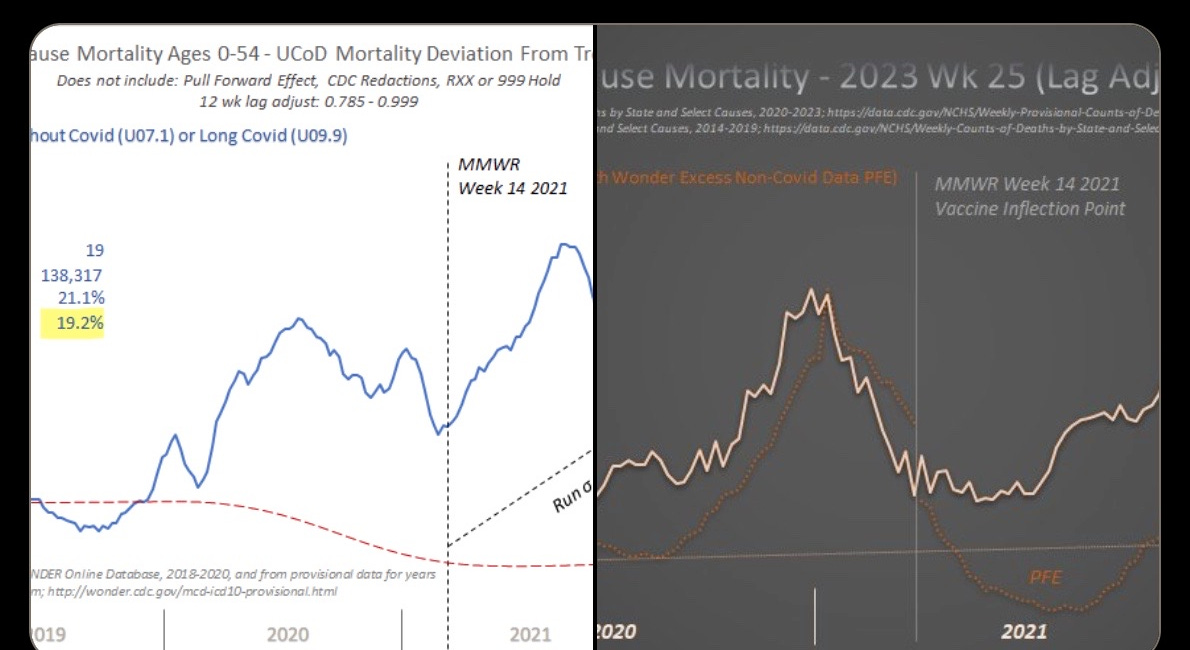

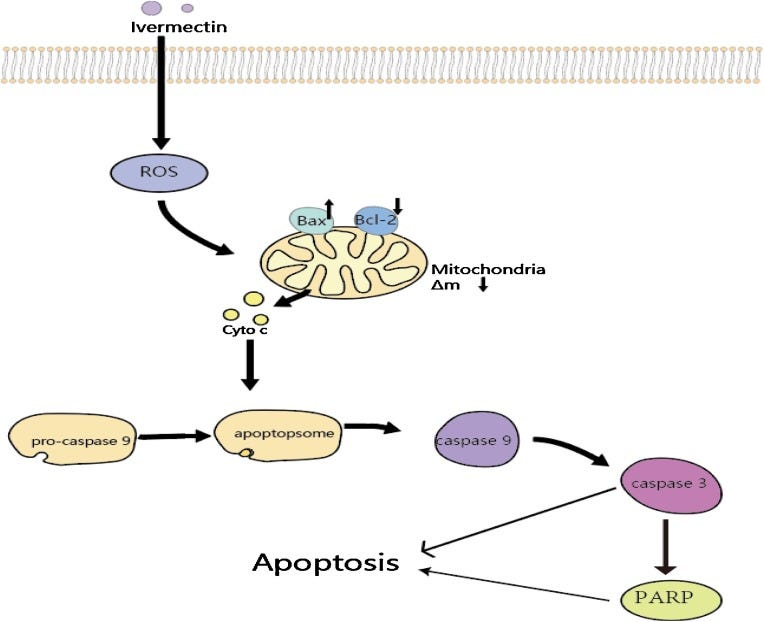
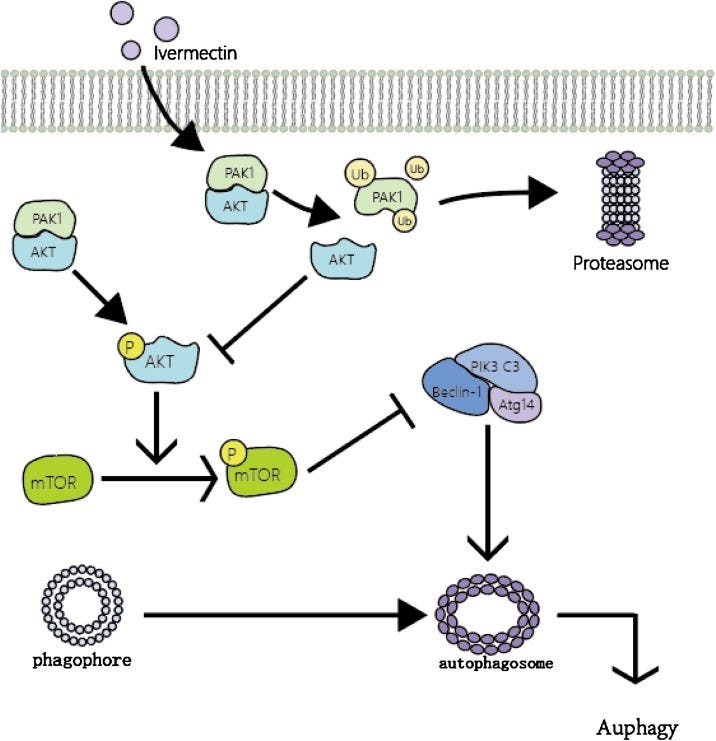
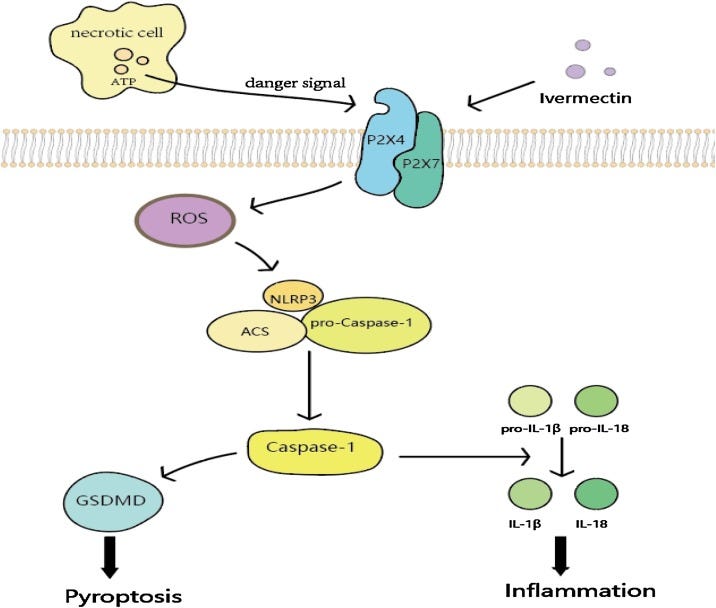
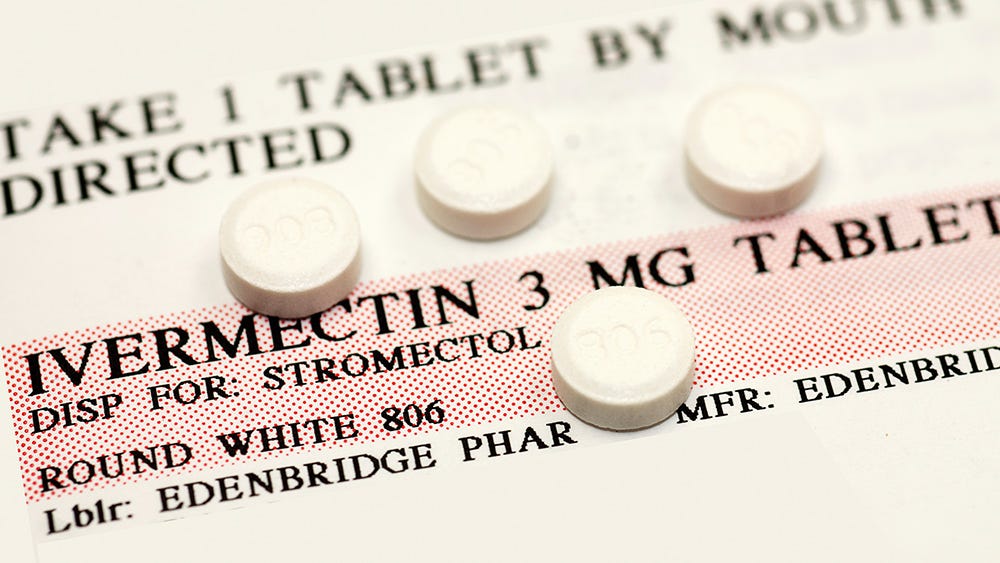












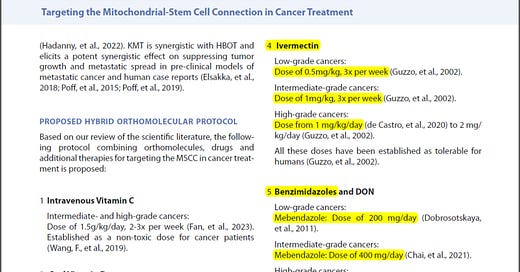

yes IVM and fenbenzadole are miracle drugs but it looks like vitamins have a crucial synergistic effect with fenben. brucha weisberger just put out a great guide to fenben protocols https://truth613.substack.com/p/the-discovery-of-fenbendazoles-efficacy
“ NewsBreak” site has an article explaining the extra cancers we see now etc. The author blamed “ putting off routine medical care”, with Covid lockdowns, etc. They have an explanation for everything!😡 That sure doesn’t describe 99% of turbo cancer I’ve seen recently. Young friend of daughters just died from “rare” cancer, she was 27. And the topper is a shortage of cancer drugs. Why, all of a sudden, are we running out of chemo. drugs, heart medicines, etc. ???
https://www.cnn.com/2023/06/07/health/cancer-center-chemo-drugs/index.html